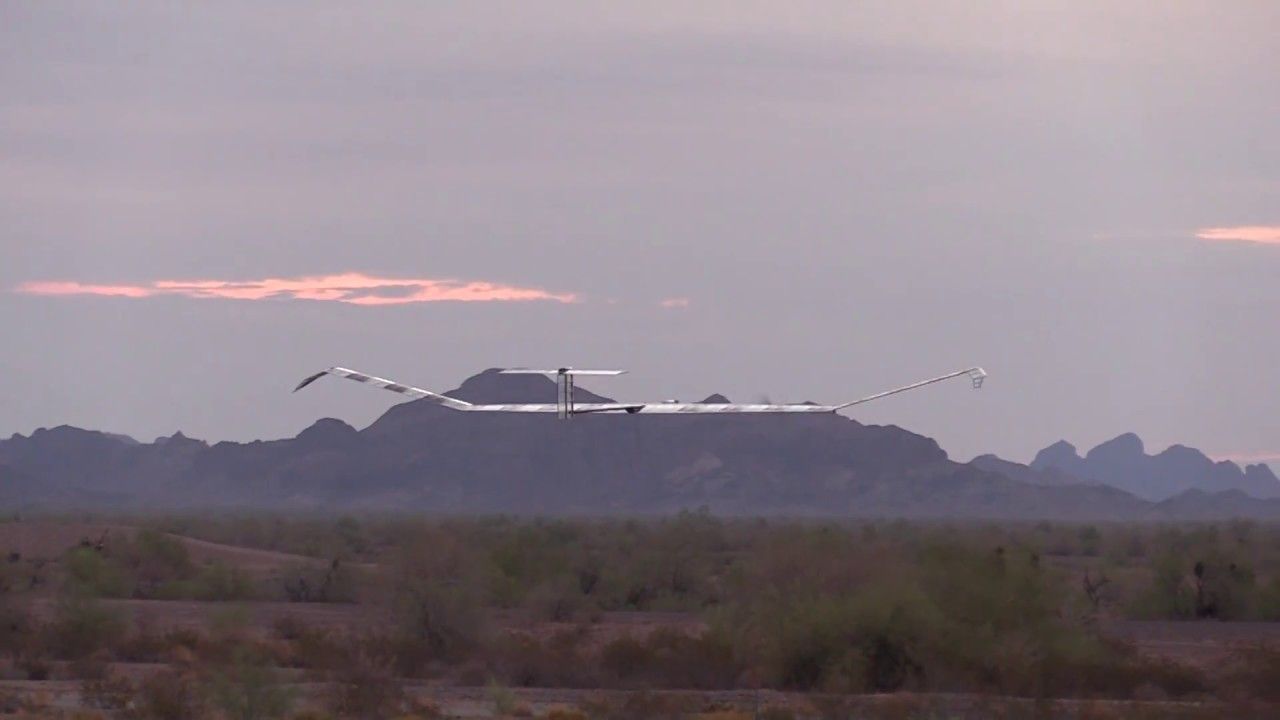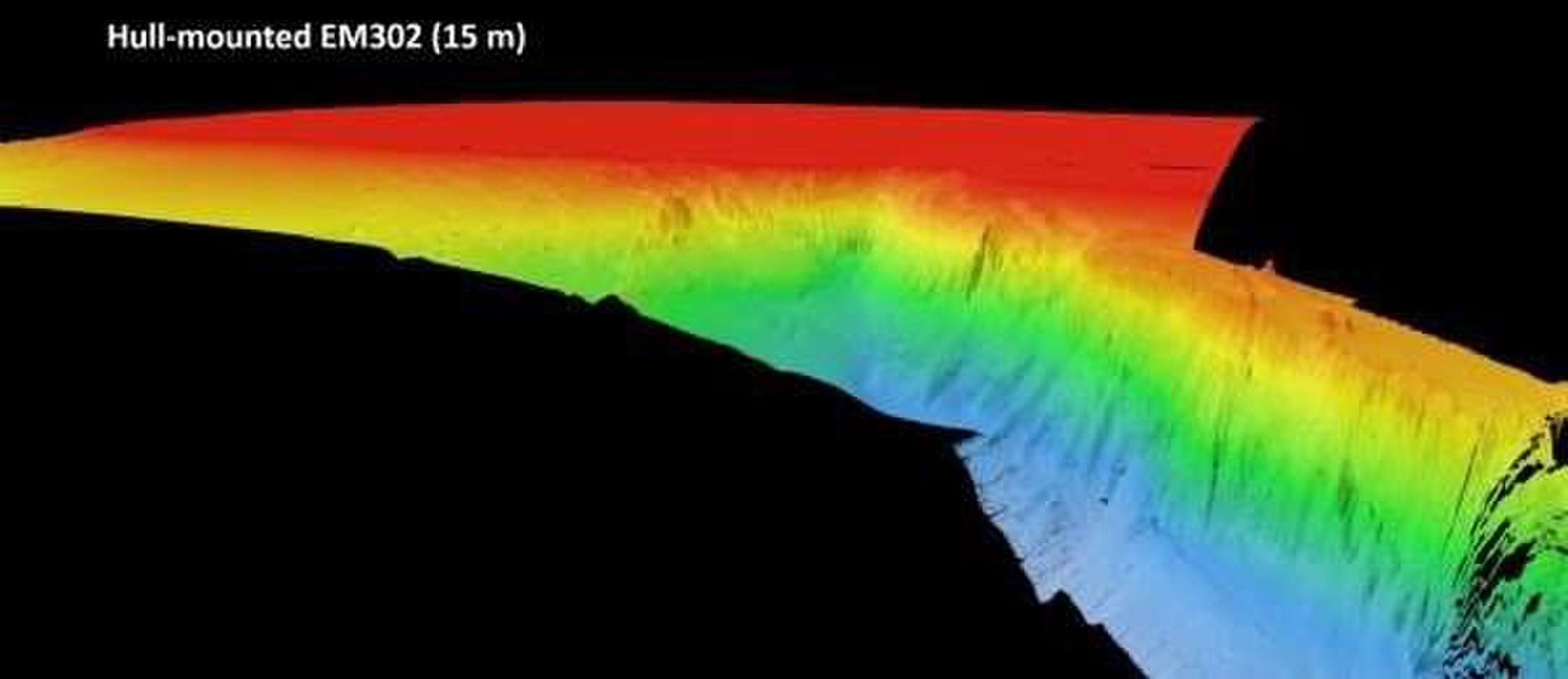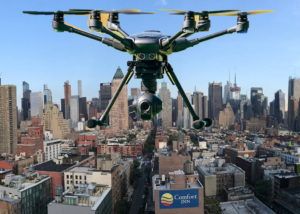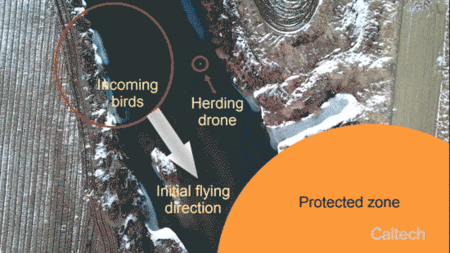Aug 24, 2018
Japan teams up with Uber, Boeing, and Airbus to deploy flying cars within a decade
Posted by Bill Kemp in categories: drones, government, law, robotics/AI
The country isn’t a world leader in autonomous or electric vehicles, but it’s all in on putting cars in the sky.
The news: Japan announced today that it’s bringing together 21 companies and organizations, including big hitters like Uber, Boeing, Airbus, Cartivator, and Japan Airlines, to bring aerial vehicles to the skies within 10 years.
The challenge: The government said it will address one of the major things holding back flying cars: regulation. “The Japanese government will provide appropriate support to help realize the concept of flying cars, such as creation of acceptable rules,” the ministry said. If Japan is able to quickly establish a legal system in which flying cars can function, it could get a jump start over countries like the US, whose Federal Aviation Association has been notoriously slow-moving on things like drone regulation.






 Until this past year, consumer drones carried tiny ultralight cameras, but they just didn’t have the energy or the reserve to carry much else. They certainly could not deliver much of a product or payload. They flew for 15 minutes, lacked the capacity to carry excess weight, and had short range.
Until this past year, consumer drones carried tiny ultralight cameras, but they just didn’t have the energy or the reserve to carry much else. They certainly could not deliver much of a product or payload. They flew for 15 minutes, lacked the capacity to carry excess weight, and had short range.












